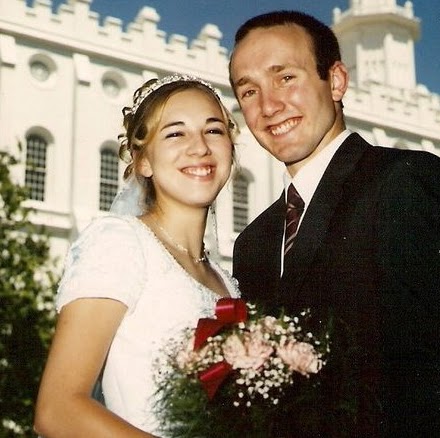Jared C Briggs
age ~39
from Lead Hill, AR
- Also known as:
-
- Jared Calvin Briggs
- Jared L Briggs
Jared Briggs Phones & Addresses
- Lead Hill, AR
- Eureka Springs, AR
- Brigham City, UT
- Tremonton, UT
- Payson, UT
- Provo, UT
- Springville, UT
- Rigby, ID
- Twin Falls, ID
Resumes

Jared Briggs
view source
Deliveries
view sourceWork:
Pharmsquad
Deliveries
Deliveries

Jared Briggs
view source
Jared Briggs
view sourceUs Patents
-
System And Method For Concurrent Multi-User Cax Workflow
view source -
US Patent:20140317589, Oct 23, 2014
-
Filed:Apr 2, 2014
-
Appl. No.:14/243787
-
Inventors:- Provo UT, US
Timothy A. Bright - Provo UT, US
Charles Gregory Jensen - Provo UT, US
Ammon Hepworth - Provo UT, US
Jared Calvin Briggs - Provo UT, US
Walter Edward Red - Provo UT, US -
Assignee:Brigham Young University - Provo UT
-
International Classification:G06F 17/50
-
US Classification:716139
-
Abstract:A system for concurrent CAx workflow includes a collaborative server that manages a model of an engineering object, the model comprising at least design data and analysis data corresponding to the design data, a design client for editing of the design data by a design user, an analysis client for editing of the analysis data by an analysis user concurrent with editing of the design data by the design user; and wherein the collaborative server and the analysis client are collectively configured (i.e., one or both are configured) to enable the analysis user to edit the analysis data, view a plurality of geometric elements within the design data, and create a reference within the analysis data to a selected geometric element of the plurality of geometric elements within the design data. A corresponding apparatus, method, and computer-readable medium are also disclosed herein.
-
Multi-User Finite Analysis Systems Apparatuses And Methods
view source -
US Patent:20140188437, Jul 3, 2014
-
Filed:Jul 19, 2013
-
Appl. No.:13/946888
-
Inventors:- PROVO UT, US
Charles Gregory Jensen - Provo UT, US
Prasad Weerakoon - Provo UT, US
Jingsi James Wu - Norcross GA, US
Karl Merkley - Lindon UT, US
Jared Briggs - Provo UT, US -
Assignee:BRIGHAM YOUNG UNIVERSITY - PROVO UT
-
International Classification:G06F 17/50
-
US Classification:703 1
-
Abstract:A method for collaborative finite analysis may include obtaining an electronic model of an engineering object, assigning users one or more geometries for pre-analysis editing to provide assigned geometries for each user, and enabling each user to conduct pre-analysis editing of their assigned geometries concurrent with other users. The method may also include conducting finite analysis on the assigned geometries of a first user concurrent with conducting finite analysis on the assigned geometries of a second user. Examples of pre-analysis editing include removing features that are secondary to analysis, applying a material definition to a geometry, pre-meshing a geometry, initiating automated meshing of a geometry, validating automated meshing of a geometry, editing a mesh for a geometry, manually meshing a geometry, defining one or more loads associated with a geometry, and defining one or more boundary conditions for a geometry. A corresponding system and apparatus are also disclosed herein.
Classmates

Jared Briggs
view sourceSchools:
Hanna Elk - Mountain High School Hanna WY 1987-1991
Community:
Kathy Garcia, Patsy Pat, Ted Garcia

Hanna Elk - Mountain High...
view sourceGraduates:
Jared Briggs (1987-1991),
Natalie Frausto (1987-1991),
Jennifer Tolbert (1987-1991),
Derek Braunersrither (1998-2002),
Marie Swenson (1987-1991)
Natalie Frausto (1987-1991),
Jennifer Tolbert (1987-1991),
Derek Braunersrither (1998-2002),
Marie Swenson (1987-1991)

Jared X. Briggs
view source
Jared Briggs
view source
Jared Briggs
view source
Jared Briggs
view source
Jared Briggs
view source
Jared Briggs
view source
Jared Briggs
view source
Jared Briggs
view sourceMyspace
Youtube
Googleplus

Jared Briggs

Jared Briggs
Tagline:
I am a Math Teacher who lives in the Antelope Valley.

Jared Briggs

Jared Briggs

Jared Briggs

Jared Briggs
Flickr
Get Report for Jared C Briggs from Lead Hill, AR, age ~39





















